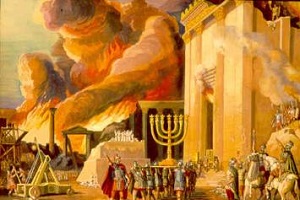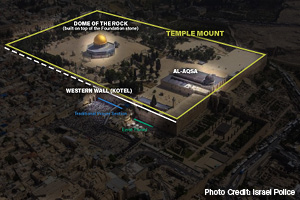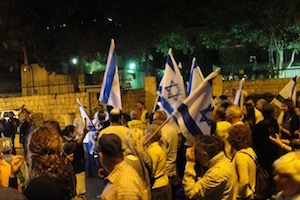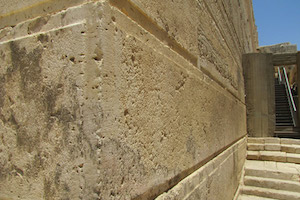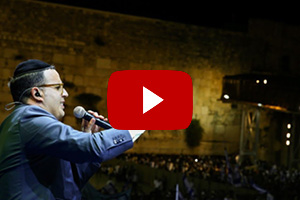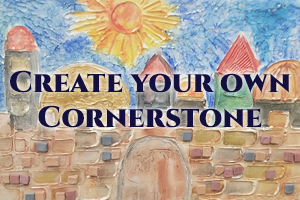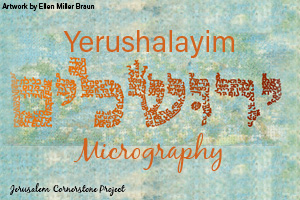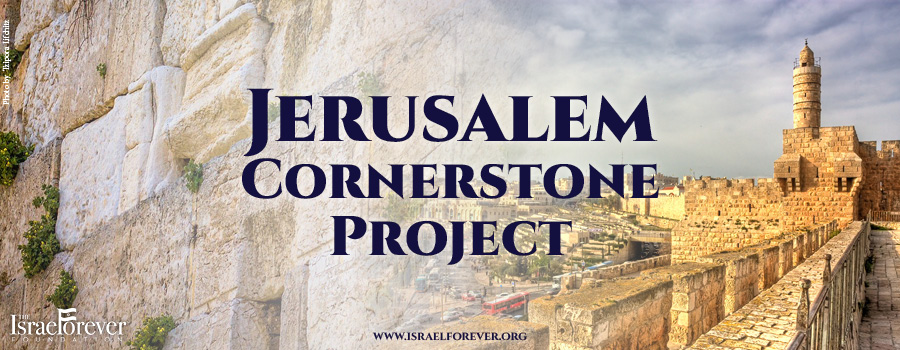
Tisha B’Av, the 9th day of the month of Av (Jewish calendar) is the day when both the first and second Temples were destroyed, the first by the Babylonians in 586 B.C.E.; the second by the Romans in 70 C.E.
This date is considered the saddest day in the Jewish year, a day of mourning marked by fasting and other ritual observances to emphasize the grief symbolized by this day.
According to Jewish tradition, five calamities occurred on Tisha B’Av that warrant fasting:
- The lack of faith of the Jews who upon return of the 12 Spies from scouting out the Land of Canaan, chose to believe the 10 spies who reported that the land promised by God would be impossible to settle.
- The destruction of the First Temple (586 B.C.E.)
- The destruction of the Second Temple (70 C.E.)
- The Roman crushing of the Bar Kochba revolt and subsequent destruction of the city of Betar where over over 500,000 Jews were killed.
- The plowing under of the site of the Temple and the surrounding area following the Bar Kokhba revolt (135 CE)
Over time, Tisha B’Av has been expanded to encompass mourning for all the tragedies in Jewish history including the Spanish inquisition, the repeated expulsion of Jews from European countries and the Holocaust.
The destruction of the Jewish Temple meant the destruction of the most holy, pivotal location to the Jewish religion, culture and people. Destruction of the Temple was an attempt to destroy the Jewish nation – take out the cultural linchpin, the one element that ties everyone together and everything will fall apart.
The Jewish people did not forget what was lost and insisted on upholding Jerusalem above all other joys. This was a key element in keeping the Nation of Israel intact, through 2000 years of exile and ultimately led us back to Zion and Jerusalem.
Few people on earth can say that they are part of a more than 3000 year old love story. We can. It doesn’t matter if we are religious or not, Tisha B’Av offers us the opportunity to connect to our Jewish roots, our history, Jerusalem and the Temple in her heart, the tragedies suffered by our ancestors and the miracles that enable us to be alive and reading this today.


